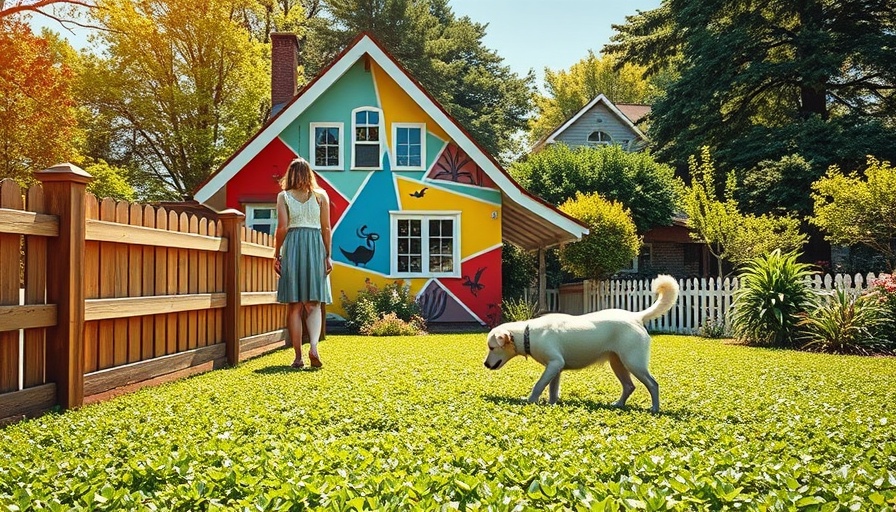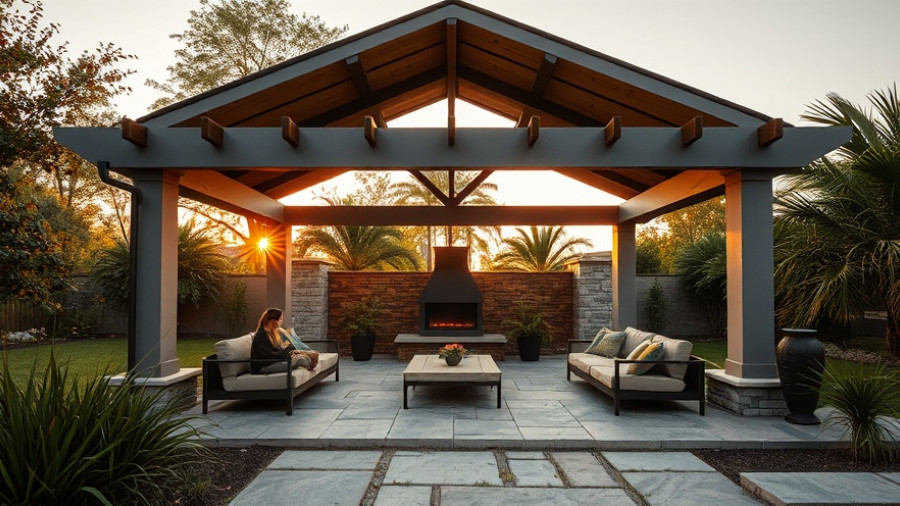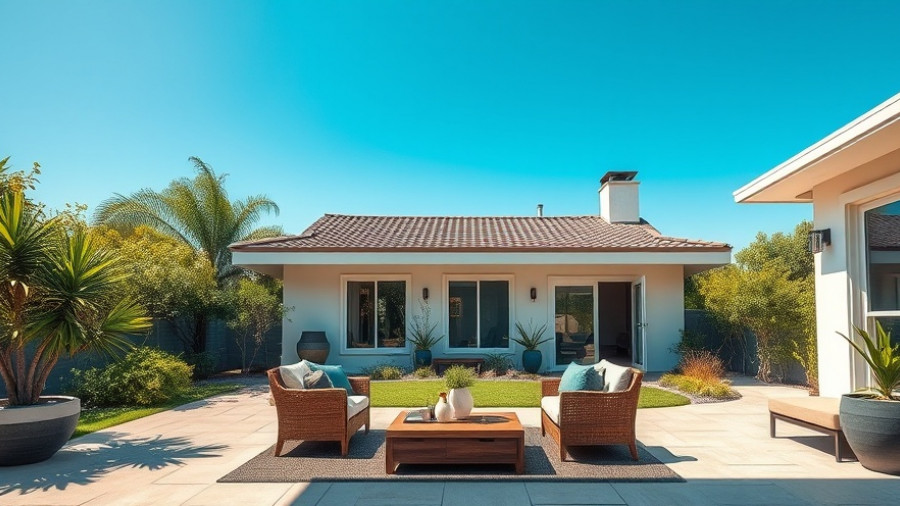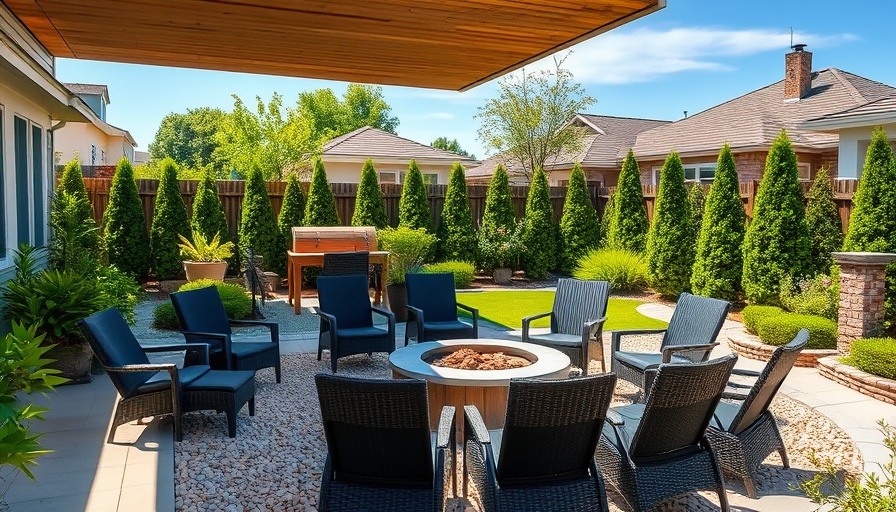
Why Consider a Clover Lawn: A Sustainable Choice?
For many Californian homeowners, the dream of an immaculate green lawn is often tied to tradition. But what if we told you there’s a rising trend that challenges this notion? Choosing a clover lawn instead of traditional grass can have significant environmental and practical benefits. With the increasing pressures of drought and water conservation in California, exploring alternatives becomes essential for responsible homeowners.
Understanding the Appeal of Clover Lawns
Clover lawns offer a low-maintenance solution that challenges the traditional upkeep associated with grass. One of the most compelling reasons for choosing clover is its minimal water requirement, which is crucial in California’s dry climate. Unlike grass, which often demands daily watering and regular mowing, clover thrives with less attention, potentially revolutionizing how we think about landscaping.
Additionally, the benefits of clover extend beyond convenience. Clover is known to enrich soil health and support biodiversity, allowing for a more vibrant garden ecosystem. Unlike grass, which often provides a monoculture, clover supports pollinators like bees and butterflies, helping restore balance to the environment. In a state grappling with ecological challenges, this transition could mean significant steps toward sustainability.
Common Misconceptions About Clover Lawns
Despite the compelling advantages, transitioning to a clover lawn has its skeptics. Many traditionalists still view clover as a weed. However, this perception stems from historical bias against it, driven largely by the agricultural industry. In truth, clover has been celebrated among farmers for its ability to enhance soil and crop yields. Understanding this history can help reshape community perceptions and promote clover as a worthy alternative.
Furthermore, clover lawns amalgamate beautifully with traditional gardens, providing lush greenery and ease of maintenance that enhances family gatherings. Imagine hosting barbecues where children could play freely on a soft bed of clover without the worry of chemicals often used on conventional grass. The environmental impact is lessened, and the family setting remains fun and engaging.
Making the Transition: What You Need to Know
If you’re considering making the switch from grass to clover, it’s essential to do your research. There are various clover types like microclover that are particularly suited for lawns, offering an aesthetically pleasing alternative with minimal upkeep. Before making a decision, consider your local climate, soil type, and how much foot traffic your lawn will experience.
Post-transition care involves regular watering, especially during its establishment phase, but afterward, this hardy plant can flourish with minimal intervention. Engaging with local garden centers can provide you with specific insights tailored to your needs as a homeowner in diverse Californian regions.
The Community Perspective: Shared Experiences
Communities across California are slowly embracing clover lawns. Local forums and social media groups have been instrumental in sharing experiences. You’ll find diverse narratives ranging from those who successfully adopted clover to those still attached to traditional lawns. This blend of stories fosters engagement and provides real-world insights into the transition.
In areas like inland communities with arid conditions, clover lawns may more readily appeal to families focused on reducing water usage while maintaining beauty. With communal gatherings around shared lifestyles, such as organic gardening and conservation, clover lawns facilitate meaningful dialogue about sustainability.
Conclusion: A Path Toward Sustainable Living
As we navigate the landscape of modern homeownership, incorporating clover lawns presents an innovative path that balances aesthetics and environmental responsibility. With the push for eco-conscious designs in landscaping, embracing clover may lead to a more sustainable and accessible future for homeowners in California.
If you’re ready to rethink your lawn care routine and embrace sustainable landscaping, explore your options today. Clover lawns may just be the green thumb you’ve been looking for!
 Add Row
Add Row  Add
Add 




Write A Comment